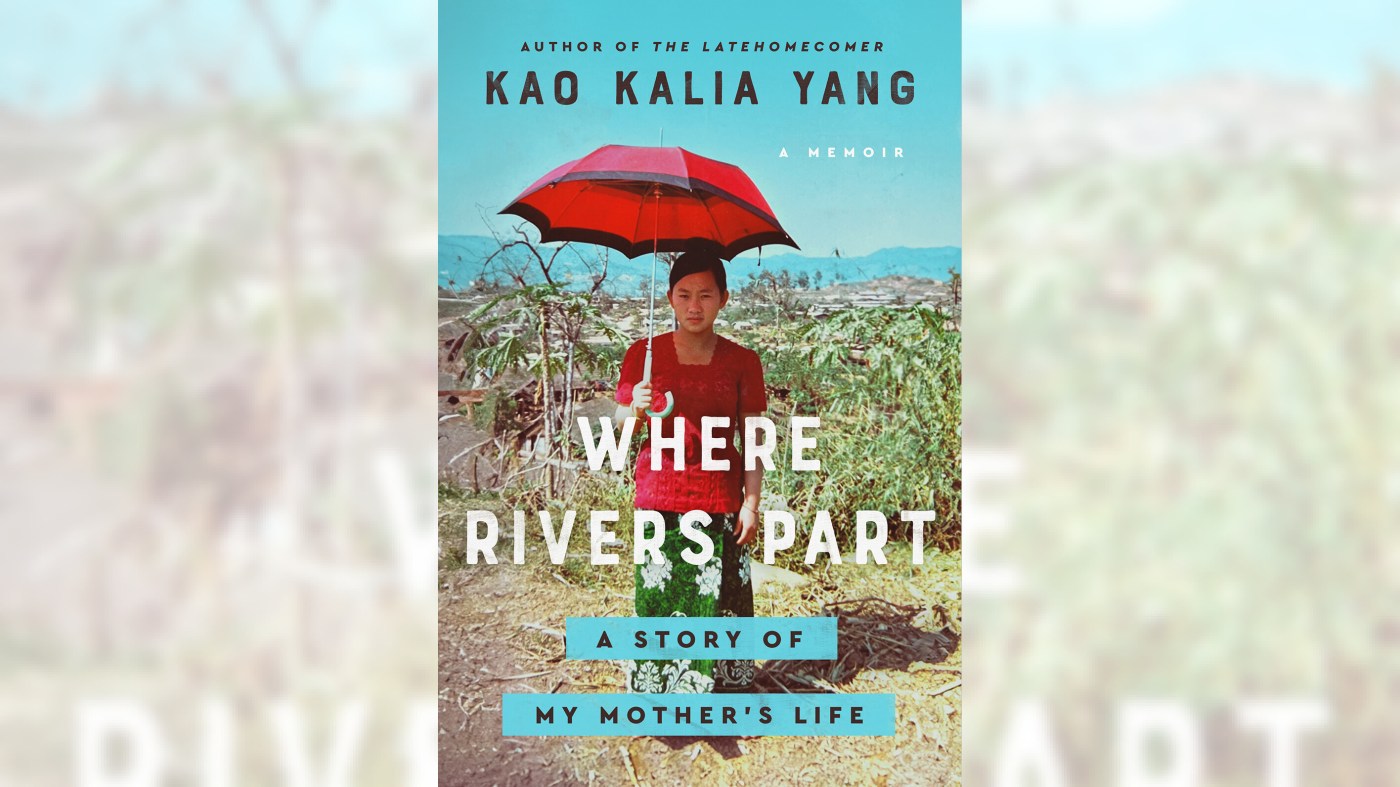
Review: ‘Where Rivers Part’ confirms Kao Kalia Yang as one of America’s sharpest nonfiction writers
Kevin Canfield | Star Tribune (TNS)
Kao Kalia Yang has been called the foremost chronicler of Hmong life in the United States, and though this isn’t wrong, it’s the kind of tempered acclaim with which immigrant authors are especially familiar. Let’s retire the qualified praise. Her immensely powerful new book confirms Yang as one of America’s sharpest nonfiction writers.
“Where Rivers Part: A Story of My Mother” is about Tswb (pronounced “Chew”) Muas. Yang fans know her by another name. She was “Chue” in Yang’s “The Latehomecomer,” and excellent follow-up, “The Song Poet: A Memoir of My Father,” which Esquire named one of the 50 best biographies ever published.
“Where Rivers Part: A Story of My Mother’s Life,” by Kao Kalia Yang. (Atria/TNS)
Tswb gave birth to Yang in a Thai refugee camp, where her family lived for eight years before moving to Minnesota in 1987. Because her life has been a study in resilience, this book could’ve been too reverent for its own good. But, sticking to the approach that worked so well in “Poet,” Yang foregoes third-person narration in favor of her mother’s first-person voice. This gives the book immediacy, authenticity and humor (Yang also has an autobiographical picture book, “The Rock in My Throat,” out this month).
Born in Dej Tshuam, Laos — known locally as the Village Where the Rivers Meet — Tswb’s youth was distressing and brief. Her mother was widowed three times. Seeking stability amid chaos — North Vietnamese and Lao troops stalked members of the Hmong ethnic group, some of whom aided America during the Vietnam War — Tswb wed at 16.
Tswb consulted her mother about such decisions. “Young men who smell bad will only smell worse with age,” her mother said. Nineteen-year-old Npis — “Bee” in Yang’s previous books — must’ve smelled just fine.
Hiding in Laotian jungles, Tswb’s family survived by fishing, bartering and gathering vegetables. They made toothpaste from cooked banana peels.
In 1979, Tswb, Npis and their first child, Dawb, nearly died crossing the Mekong River, yet made it safely to a refugee camp in Thailand. There, the growing family lived near an open sewage canal and trembled as wind blew the roof off their communal house. “Pressures of this transient life” caused marital arguments.
Related Articles
The Hold Steady to release illustrated children’s book in October
Harvard Library removes human skin from binding of French book
Review: ‘How to Solve Your Own Murder’: great title, OK novel
Book review: A Diana Spencer impersonator gets in a casino full of trouble in ‘Princess of Las Vegas’
Review: ‘The Tiger’s Wife’ author Téa Obreht is back with ‘magical’ ‘The Morningside’
Tswb glimpsed a different life when a letter arrived from her nephew. His family was thriving since they “resettled in a place called St. Paul.” Tswb’s family made the same journey.
In the Twin Cities, Tswb worked in factories and earned her high school diploma. More challenges awaited: Repetitive-stress injuries, depression. One of her toddlers ate lead paint.
The book is stronger for Yang’s decision to include fraught, not necessarily flattering, scenes. In one, Npis, having learned Tswb was pregnant, says he’s too old to raise another child. To Tswb, this is cowardice, the words suggesting she “kill the child inside me.”
For all its harrowing detail, “Where Rivers Part” lets the reader see the world afresh. As young Tswb washes bowls in a stream, “little minnows emerge out of the rocks to grab the bits of rice swimming down the current.” Years later, Minnesota snowdrifts assume “shapes like sheet-clad American ghosts in the orange glow of the streetlamps.”
After marrying, Tswb was known to relatives as “Npis’ wife.” In her daughter’s exceptional book, Tswb shines in the lead role.
Where Rivers Part: A Story of My Mother’s Life
By: Kao Kalia Yang.
Publisher: Atria, 310 pages, $28.99.
©2024 StarTribune. Visit at startribune.com. Distributed by Tribune Content Agency, LLC.

